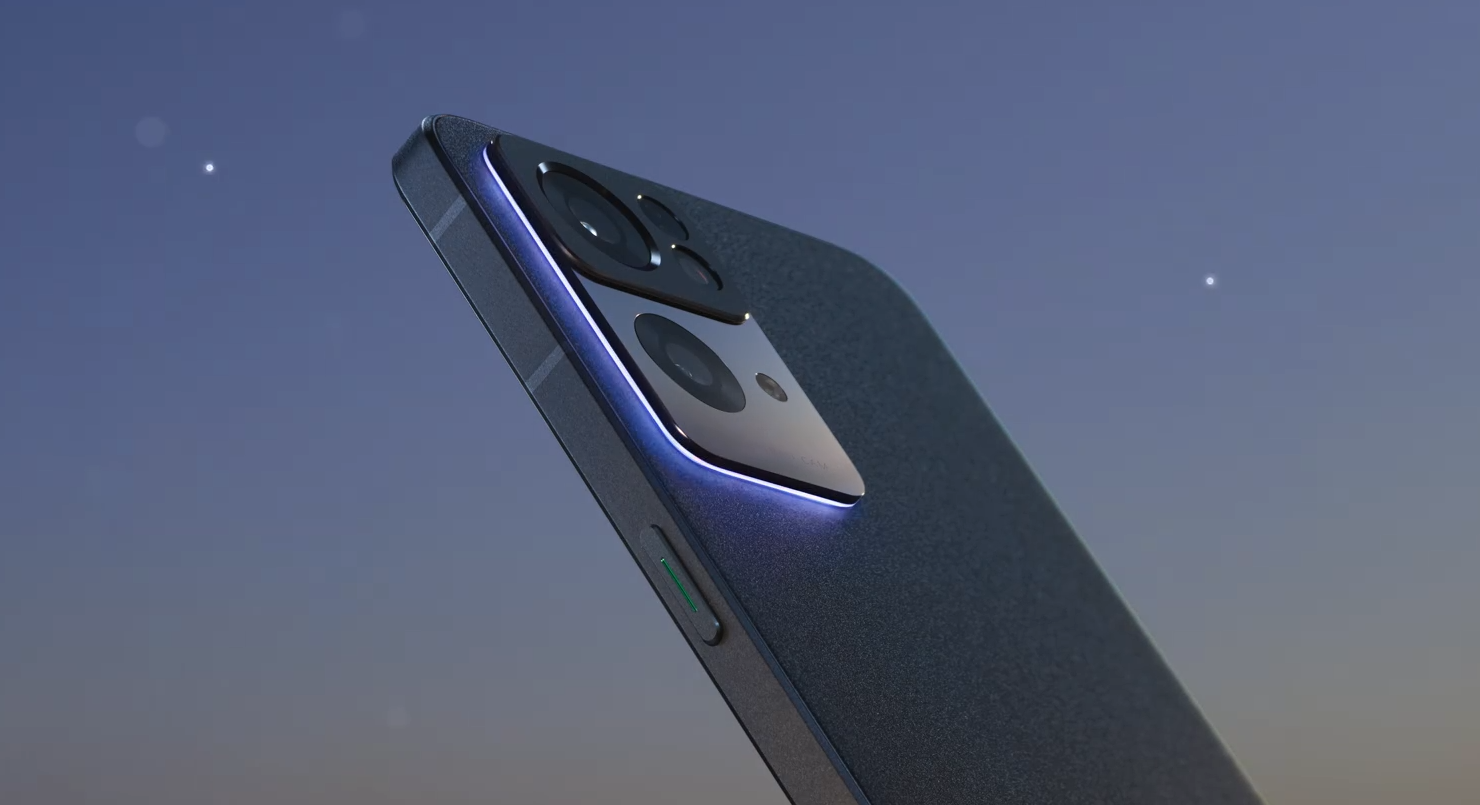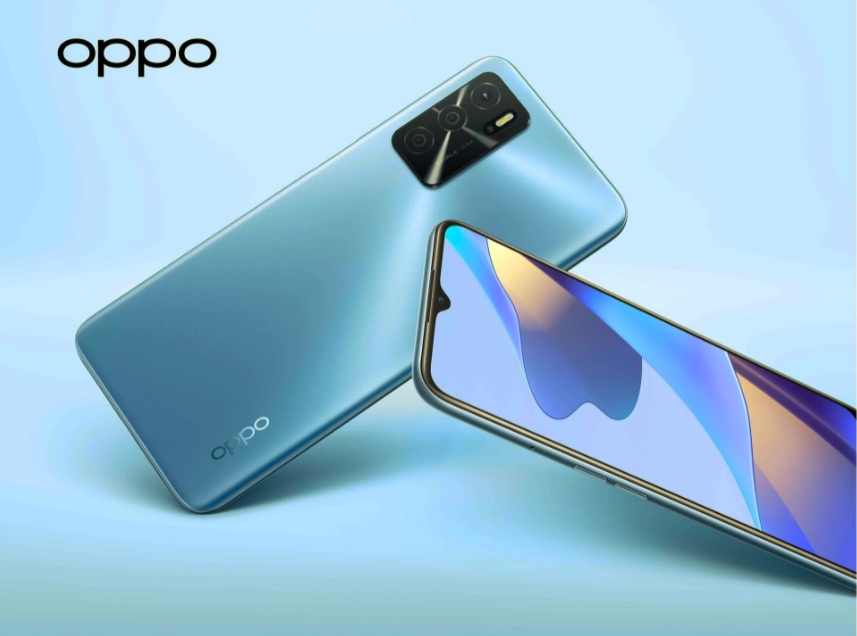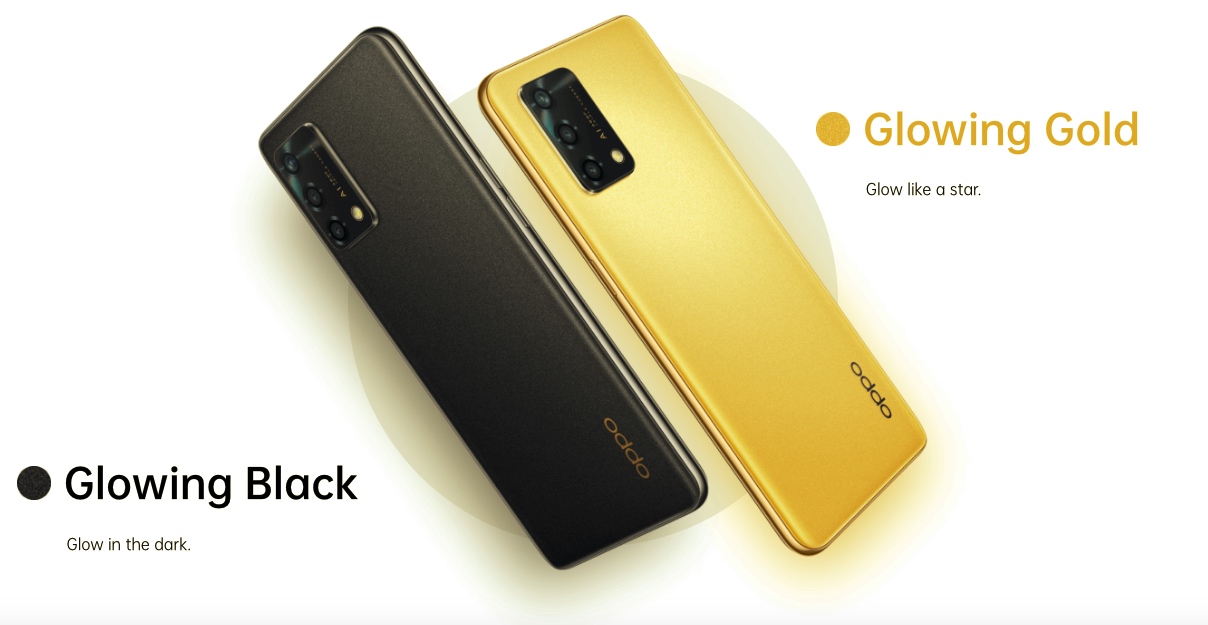
OPPO makes some great smartphones, and it has a taste for good design and can make excellent smartphone cameras. Now, it is being reported that the company wants more vertical integration by designing its own smartphones, but there’s more to that than just vertical integration.
The Chinese smartphone firm wants to design its own lineup of processors so that it won’t have to depend on the likes of MediaTek, Qualcomm, and Samsung in the future, at least for smartphone smartphones. OPPO China President, Liu Bo, confirmed in an interview with Caixin that the company is going ahead with its plans to make in-house processors and that they might be the “crucial driving force” for OPPO’s growth in the future.
This is hardly the first time that the company is working on an in-house chipset. The company has already designed the M1 chipset, but it’s meant for wireless earphones, and it features Bluetooth 5.0, AAC codec, and a low-latency mode. In February 2020, the company had shared an internal note mentioning its ‘Mariana Plan, ‘ which is about designing its in-house smartphone processors. Bo also said that the company will start working with key suppliers to design and develop its processors.
Trying to Avoid What Happened with Huawei
Ever since US President Donald Trump signed an executive order to apply trade sanctions against Huawei last year, Chinese smartphone brands have been wary of the US. Companies like OPPO, Vivo, and Xiaomi have been trying to diversify the portfolio of their suppliers. This could spell doom for Qualcomm in the long run if Chinese smartphone OEMs are successful in designing in-house SoCs.
Despite banning the use of Google Play Store in Huawei phones, the company has still been able to sell millions of smartphones due to its end-to-end hardware such as Kirin processors and its own 4G and 5G modems. Similarly, OPPO is looking at building its in-house processors and modems.
Samsung is another player that makes a lot of smartphone components in house, including processors, modems, RAM, storage, display panels, camera sensors, and batteries. Like Huawei, it also sells network equipment to telecom firms. Xiaomi had also started the development of its in-house processors, Surge S1 and Surge S2, but later stalled the development.
It is not easy to develop a smartphone processor due to most of the patents owned by the likes of Apple, Nvidia, Qualcomm, Samsung, and Broadcom. Hence, not many companies have been successful in this market, and brands like Broadcom, Intel, Nvidia, and TI (Texas Instruments) had to leave the market.
[Source: Caixin]


















